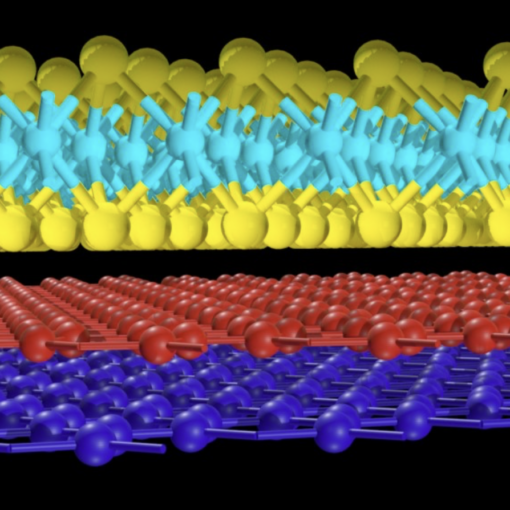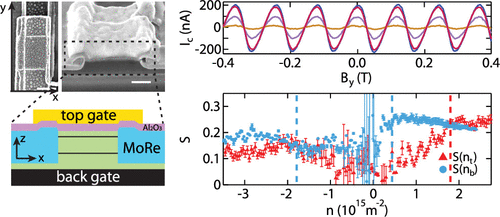
Researchers Captured Elusive Quantum Hofstadter’s Butterfly Pattern
Princeton physicists accidentally discovered and directly visualized Hofstadter’s butterfly—a theoretical fractal pattern of electron energy levels predicted in 1976—using scanning tunneling microscopy on twisted bilayer graphene, revealing not only the long-sought fractal energy spectrum but also new quantum phenomena driven by electron interactions beyond Hofstadter’s original calculations.





